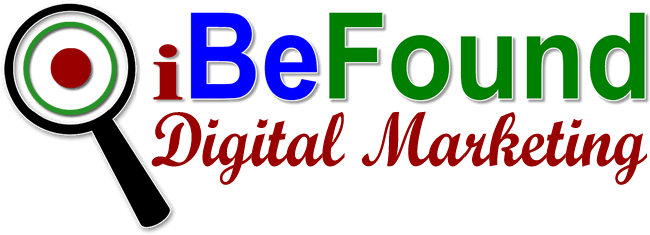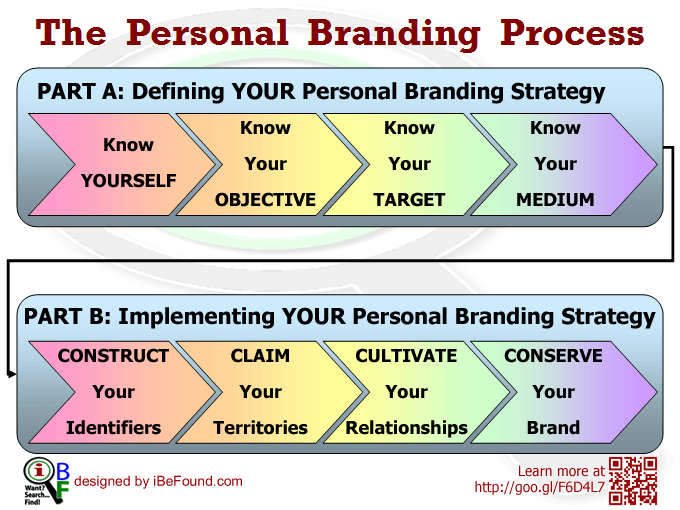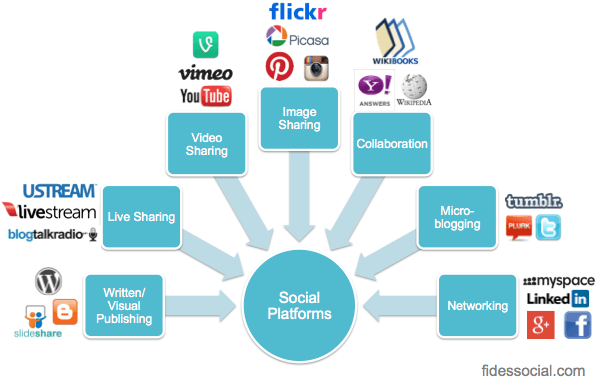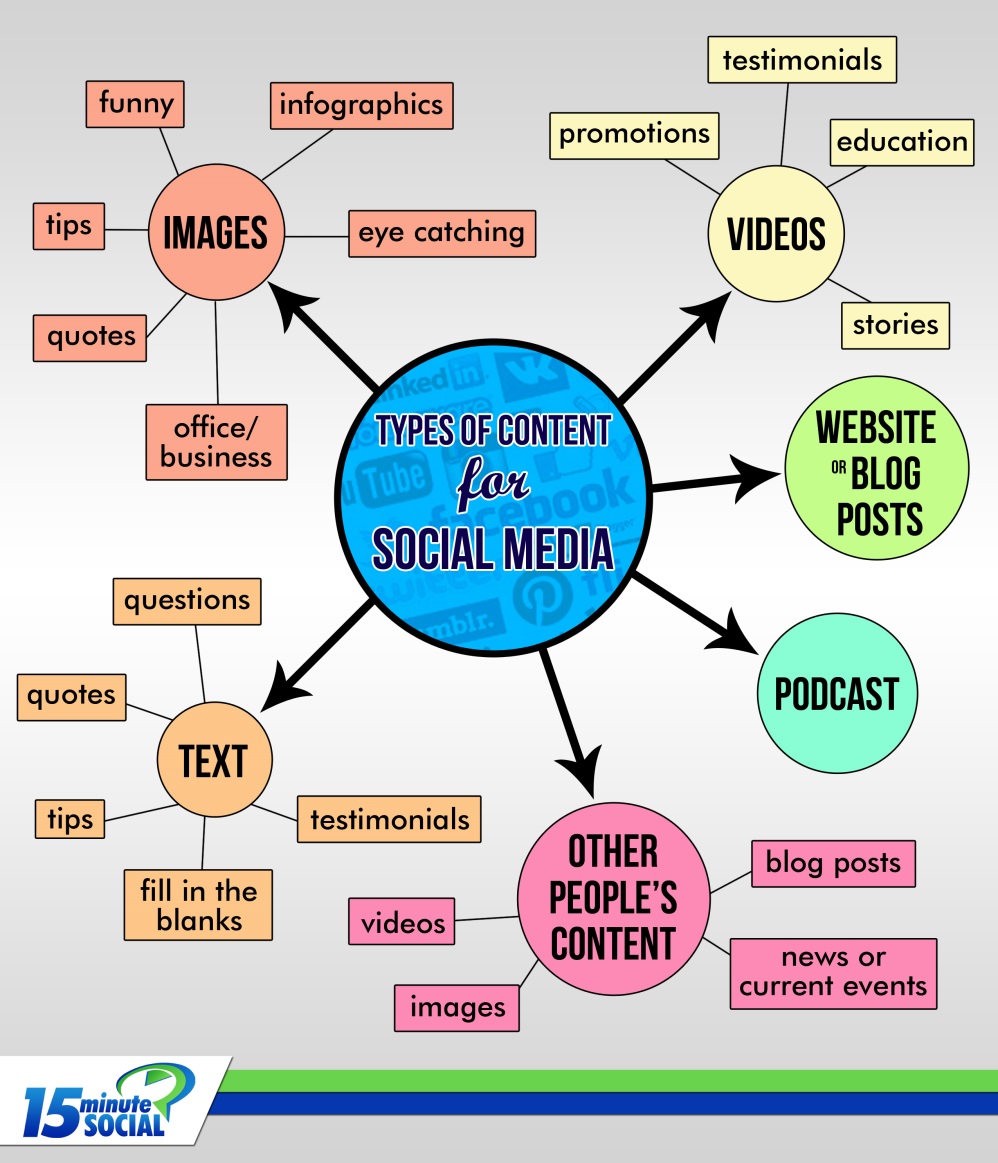- Tap for Menu
- Website Design ▼
- » Custom Website Design
- » Why Love Marketing Websites
- » Explore Website Features
- » Web Hosting Options
- » Website Design Process
- » Website Maintenance
- » Payment Options
- » Compare Website Options
- » Questions & Objections
- Portfolio ▼
- » ALL Website Examples
- » By WEBSITE TYPE ►
- » » 1PAGE Biz
- » » INTRO Biz
- » » BASIC Biz
- » » STANDARD Biz
- » » eCOM Sites
- » By BIZ NICHE ►
- » » Hospitality
- » » Product Sellers
- » » Professions
- » » Skilled Trades
- Testimonials
- Learning Center
- About ▼
- » Who We Are
- » Contact Us
How to DEFINE YOUR Personal Branding Strategy
- Navigation
- Website Design ▼
- » Custom Website Design
- » Why Love Marketing Websites
- » Explore Website Features
- » Web Hosting Options
- » Website Design Process
- » Website Maintenance
- » Payment Options
- » Compare Website Options
- » Questions & Objections
- Portfolio ▼
- » ALL Website Examples
- » By WEBSITE TYPE ►
- » » 1PAGE Biz
- » » INTRO Biz
- » » BASIC Biz
- » » STANDARD Biz
- » » eCOM Sites
- » By BIZ NICHE ►
- » » Hospitality
- » » Product Sellers
- » » Professions
- » » Skilled Trades
- Testimonials
- Learning Center
- About ▼
- » Who We Are
- » Contact Us
The Personal Branding Process
In the article, “Understanding Business Branding – Part 4”, we narrowed down the personal branding process to a 2-part system involving some basic steps:
Defining YOUR Personal Branding Strategy
In this article, we’ll focus on PART A of the personal branding process. Let’s look at each of the steps in more detail so that you are able to develop your own personal branding strategy.
STEP #1: Know Yourself
[Who are you?]
We turn once again to the Personal Branding Guru, William Arruda as he provides some clarity on this step in his video, Know Yourself to Grow Yourself…
Here are the questions that Arruda suggests you use as a starting point to getting to know yourself:
MOTIVATION
- What am I passionate about?
- What are my personal values?
- Where do I see myself in 5 years?
- What’s important to me?
- What motivates me?
- How would I like to see the world?
- What contribution would I like to make?
POSITIONING
- What’s my current reputation?
- What’s my greatest strength?
- What are my most differentiated and valuable skills?
- What personality characteristics make people interested in me?
- What’s my greatest accomplishment?
CONNECTION
- Who do I know who can help me reach my goals?
- Who needs to know me so I can reach my goals?
- What can I do to rapidly expand my professional network?
- How can I add value to the members of my network?
- How can I connect different members of my network for mutual value?
- What can I do to nurture my network regularly?
Once you’ve gotten the answers to these questions, you can use them to develop your personal UVP (unique value proposition) or your brand promise. For more on that subject, check out the resources below.
STEP #2: Know Your Objective
[What are you trying to do?]
Different people have different reasons for branding themselves. A self-employed general practitioner (family doctor) would have a different branding objective to a doctor working at a hospital.
Keep in mind that branding is a dynamic process. As such, your branding objective will change as you go through life. The branding objective of someone looking to enter the workforce will be different for that person once they are employed and moving along in their career.
So, it’s important that you are clear about YOUR branding objective at this point in time. This requires understanding where you are now and where you want to get to. Here are some questions to help you focus on your CURRENT branding objective.
Ask yourself, is my reason for branding myself to:
- get a great job?
- advance my current career?
- make my career change easier?
- grow my network?
- be regarded as an expert in my field?
- establish my credibility?
- build trust and recognition?
- increase my perceived value and that of my services?
- gain a competitive edge?
- attract more opportunities?
- find my life partner?
You’ll find that in focusing on just ONE branding objective, you will achieve some other objectives as well.
STEP #3: Know Your Target
[Who are you trying to attract?]
As Robyn said:
- Your ‘target audience’ can be anyone from an employer, client or customer to a romantic partner or social group.
Your target audience is directly linked to your branding objective.
If your objective relates to a job (current or future) then your target audience is an employer. If your objective is to grow your business network, then your target audience is your potential business partners.
STEP #4: Know Your Medium
[What are you using to reach them?]
The word medium has many meanings, so it’s important than we clarify its definition in this context before we proceed.
The Merriam-Webster dictionary provides the following definition for MEDIUM [plural media] as per our context:
- a channel or system of communication, information, or entertainment
- a publication or broadcast that carries advertising [i.e. promotions]
- a mode of artistic expression or communication
Media for branding yourself comes in many forms – offline and online. Knowing yourself, your objectives, and your target will help you narrow down how many and which media would be best for you.
When choosing your media, keep in mind that it’s NOT about offline vs. online, but rather offline + online…
Most Bang = Online & Offline | iBeFound
Offline avenues for branding yourself include:
- Printables: business cards, personalized stationary, posters, postcards
- Branded giveaways: calendars, pens, key chains, fridge magnets, etc.
- Outdoor signage: billboards, car decals,
- Newspapers: local news, interviews, press releases
- Radio/Television: local news, interviews
- Seminars/Workshops at community center/college
For online personal branding, there are many choices. Here are some examples of the types of social platforms available to you…
Image courtesy Fides
…and examples of the type of content you can share on them.
Image courtesy PostPlanner
If looking at these last two images left you a bit overwhelmed, that’s okay.
The words of designer/entrepreneur Megan Auman in her article, Why You Should Focus On Winning One Social Media Platform, might come in handy right about now:
- Pick one social media network that you think you can win at and focus 90% of your energy there.
(One quick caveat. Claim your business name (or your name) on all the others, because it’s important for your digital real estate. But then just add your pic and profile and let them chill.)
[In upcoming articles, we’ll discuss some of the more popular social media platforms.]
Once you’ve defined YOUR personal branding strategy, the next step is to implement it, but that’s the topic for another article.
In the Meantime…
For a more in-depth look at personal branding, you might find the following resources helpful:
Also, check out our “Personal Side of Business Branding” board on Pinterest for some more insights.
Follow iBeFound International Ltd's board Personal Side of Business Branding on Pinterest.
Time for YOUR input
- What is your UVP?
- How has your branding objective changed in the last 3 years?
- Business Owners: What’s your preferred medium for branding yourself?
Start the Conversation with a Consultation Request!
Check Out NZ Locations We Serve
Auckland Bay of Plenty Canterbury Gisborne Hawke's Bay Manawatu-Wanganui Marlborough Nelson Northland Otago Southland Taranaki Tasman Waikato Wellington West Coast See Recent Website Design Projects
© 2014 - 2025 iBeFound Digital Marketing,
a subsidiary of iBeFound International Ltd
PO Box 321, Hāwera 4640
021 227 9922




